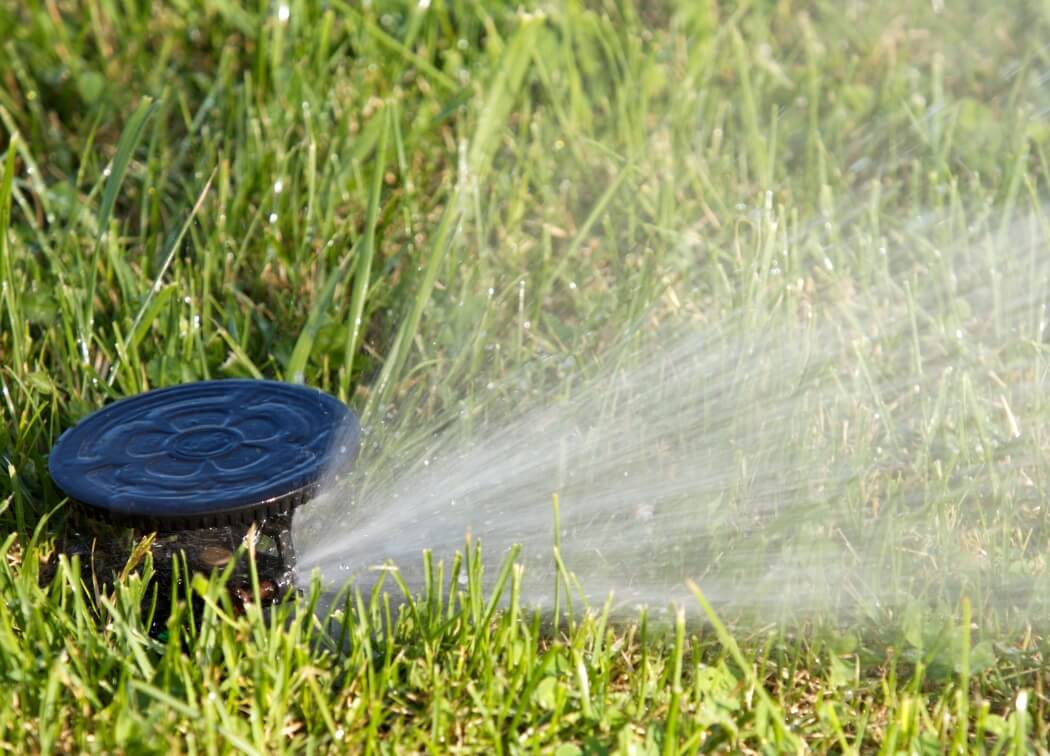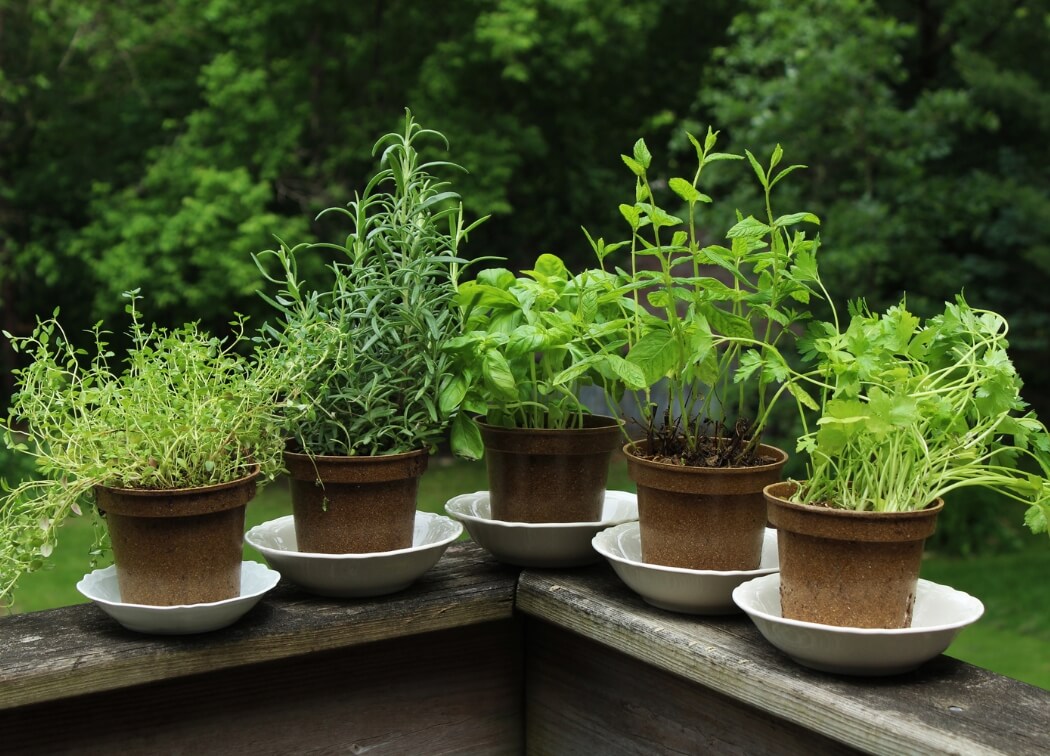One kind of flowering plants that is popularly cultivated in gardens is the Lavandula or what we commonly call “lavender.” There are around 47 known species of this flowering plant. It has been cultivated since the ancient times, especially in the area around the Mediterranean, Europe, Canary Islands, Cape Verde, southwest Asia, Eastern Africa, and southeast India.
Many species of this plant grow widely in temperate regions, and they are used extensively as ornamental plants. This plant is also used extensively for its essential oils. The most popular of its species is the Lavandula Angustifolia.
Lavender readily grows once planted in the ideal soil. Lavender also requires little care as long as the soil is suitable for its growth. Hence, the key to cultivating lavender is good soil. It can grow well in containers. In fact, in Deep South, it thrives perfectly in pots with improved drainage and aeration, and in this place, they are considered annuals. In arid regions like in the dry Western regions, they could thrive well likewise.
Navigation
Perfect Soil Mix Combinations for Lavender
Once you’ve figured out the best soil mix requirements for lavender, you will surely find it easy to cultivate. Here are some factors that you need to consider when cultivating lavender:
1) Soil Texture
If you intend to grow lavender in containers, you need to figure out the right mix of soil. You need to ensure that the soil consists of loose and friable mixture that permits quick drainage of water. Lavender thrives in sandy and gravelly soil. This means that even in poor soil, it can surely thrive. Poor soil, of course, is different from the typical rich black soil that you use in your vegetable gardens.
You should bear this in mind that lavender doesn’t need rich blackish soil to thrive. Instead, you can mix builder’s sand to your potting soil before you plant to increase drainage. Remember that lavender can’t stand soil with excessive moisture. Moreover, you can plant it in a raised bed that is filled with premium bed soil like the 100% organic Miracle-Gro Soil for a raised bed. In perennial bed, you should ensure that you are planting them in a raised mound.
2) Consider the Right pH Level
You should know the right pH level of the soil wherein lavender thrives. Lavender, of course, thrives in soil with pH level that ranges from 7.0 to 8.0. If you can produce soil quality within this range, you can mimic the soil on which lavender naturally thrives.
To cultivate lavender in containers, you need to use a quality commercial potting mix like that of the Kelloggs sans the added fertilizer. Lavender may find additional fertilizer too much for its needs. The ideal soil mix combinations, therefore, for lavender include one part compost, one part perlite or pumice, one part coarse sand, one part soil that is very fine, and some crushed eggshells.

How to Improve the Growth of Your Existing Lavenders?
If you already have existing lavenders in your garden and you want to improve their growth, you can follow the following tips:
1) Improve the Structure of the Soil
If the existing soil is somewhat moist and doesn’t drain well, you can improve it by adding sand and perlite. The ideal soil for lavender generally consists of 5% organic matter, 45% mineral, and 50% pore space. Pore space allows for the aeration of the soil and good drainage of water. Remember that the lower the oxygen level of the soil, the less the growth of its roots.
There are different soil structures, namely: clay, silty clay, clay loam, loam, sandy loam, loamy sand, and sand. Each kind of soil structure can hold different water amount and has different infiltration rate. While it is not easy to change the soil’s texture, you can change its structure. Structure refers to how the clay particles and the silt particles are combined into little clods or aggregates.
Lavender also needs nutrients to grow. The amount of nitrogen, potassium, and phosphorus is also critical to its full blooming. Thus, you need to do soil testing to figure out the correct amount of these elements in your potting soil.
2) Add Inorganic Mulch that Controls Splash
Lavender is susceptible to diseases, especially if the soil gets wet. If the rain, for example, splashes soil into the crowns and lower leaves of this plant, the plant becomes susceptible to disease. Hence, you need to add inorganic mulch to control splash and to keep the soil intact and in place when it rains. You should apply one-inch-thick pea gravel which is the standard amount for lavender soil. You can also use cactus soil. Spread the coarse cactus soil or gravel on the soil for an effective splash control.
If you apply mineral or organic mulch, you can help the soil from being soaked by destructive rains, preventing damage to the aggregates that you have prepared to keep the pores of the soil open.
Additional Tips for Soil Preparation
There are other tips that you need to consider to ensure that lavender will properly grow and bloom. These factors and pointers include the following:
- Refrain from pulverizing the soil to prevent turning the macropores into tiny pores.
- You should not work the soil if it is wet to prevent destroying the soil structure.
- Improve the soil by using wood chips, compost, bark mulch, etc. These amendments can help improve the soil structure and create the needed resins for improving the structure of the soil. Whether the soil is sandy or clay, you should apply organic material.
- Use coarse organic matter. Avoid using organic matter with a high content of soluble salt. Manure, for example, contains a high level of soluble salts. So, refrain from using manure. Lavender can tolerate up to 9mmhos/cm; its growth, however, may be affected along the way.
- Engage in soil testing to figure out the nutrient deficiency of the soil. Once you’ve figured out the deficient nutrients, you can correct any nutrient deficiency.







